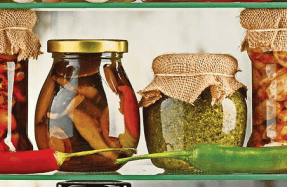THE TRUE COST OF CLOTHING

It is most sustainable not to buy new products at all, and instead buy from op shops, repair clothes when they need mending and simply reduce the amount of clothing we own. But if we are going to buy something new, which, inevitably we will need to from time to time, it is best to buy good quality clothing that will last and from a reputable company that has proven ethical standards.
You can look for clothing made from organic materials, but that is only one part of the manufacturing process—there are the dyes used, the environmental impact of the growing process, the energy consumed during manufacturing and the disposal, not to mention the welfare of those involved in the production process from paddock
You’re reading a preview, subscribe to read more.
Start your free 30 days





